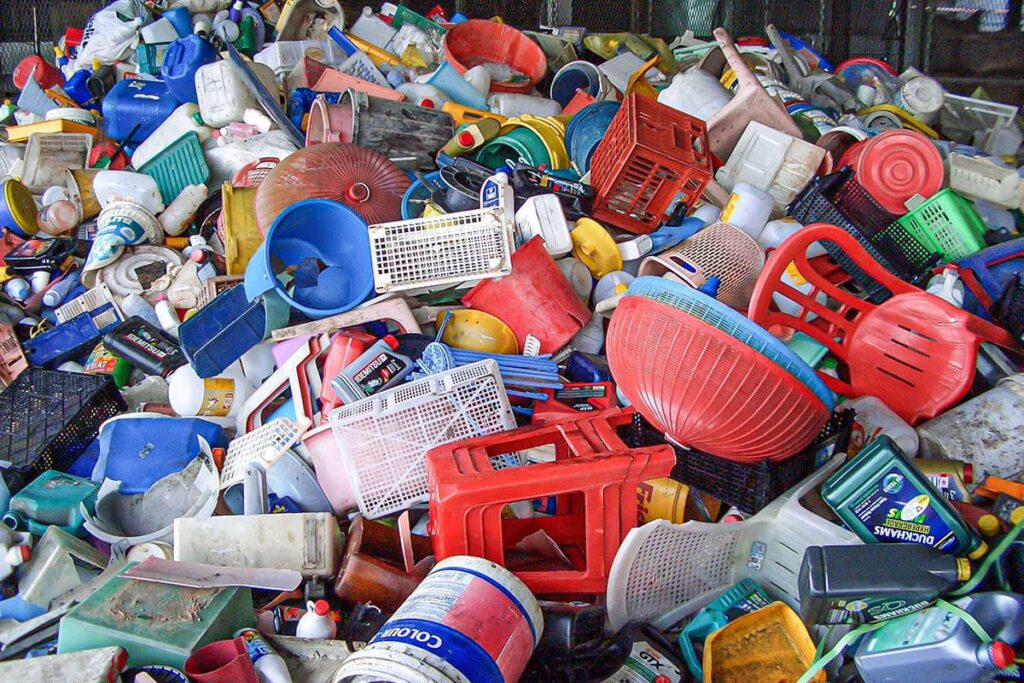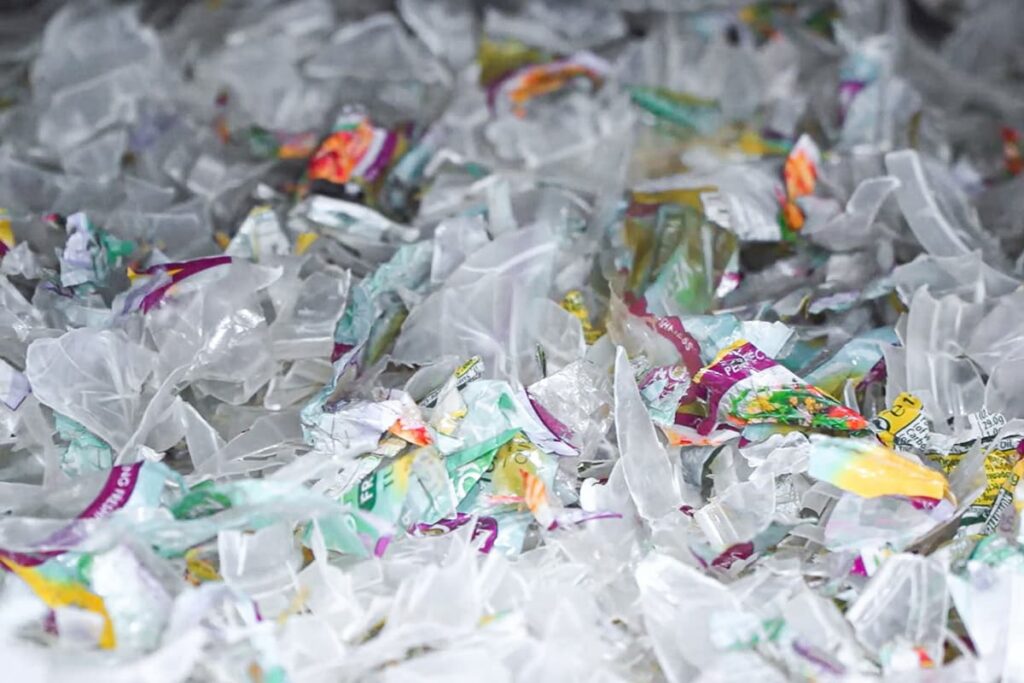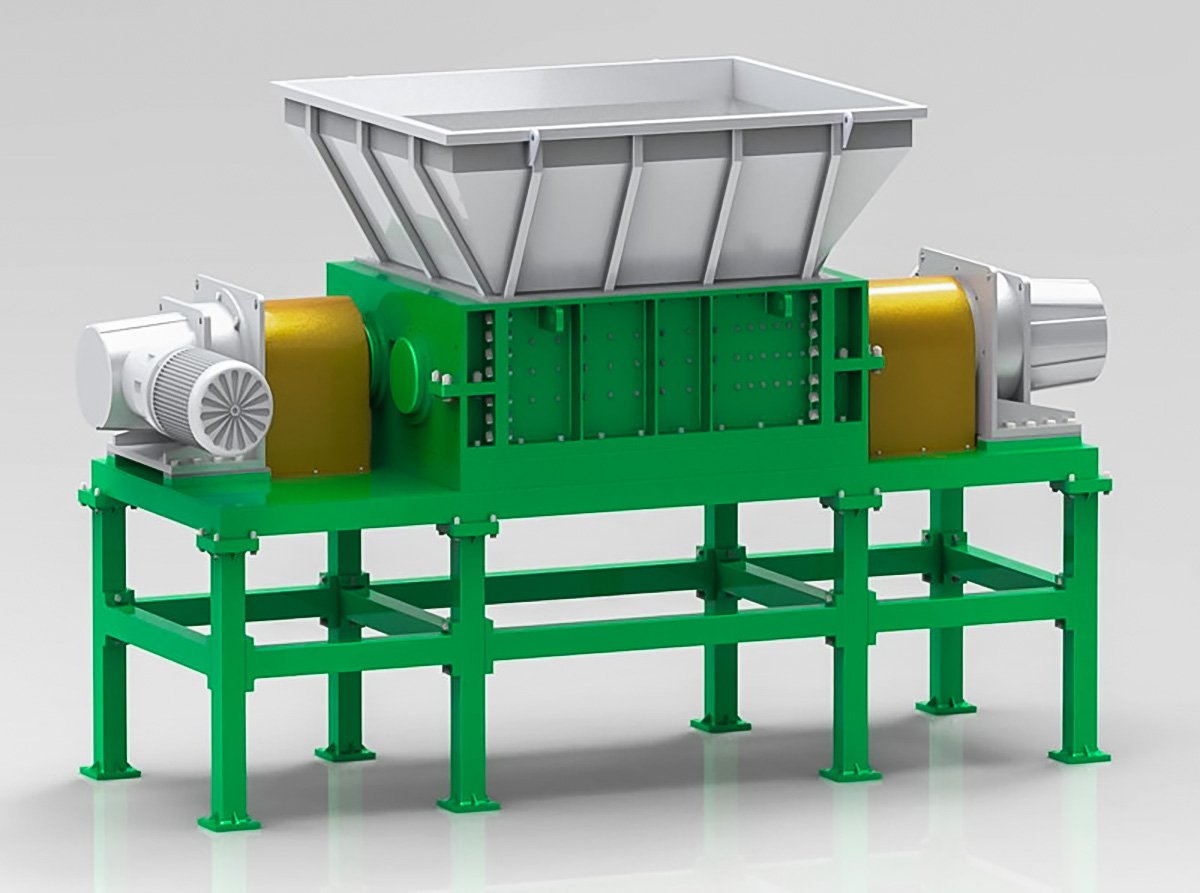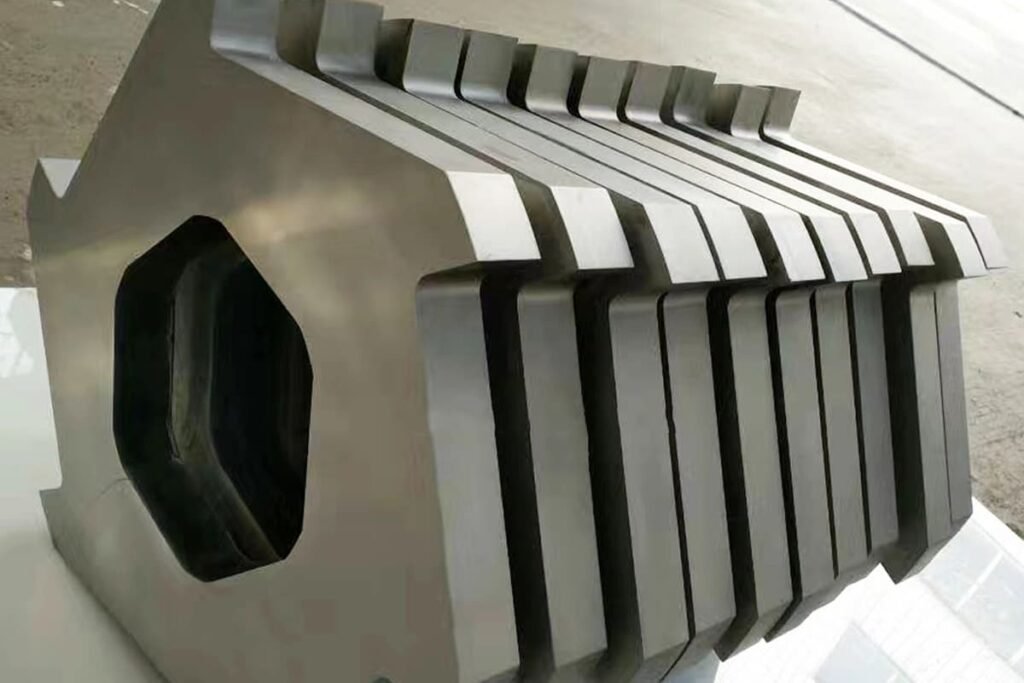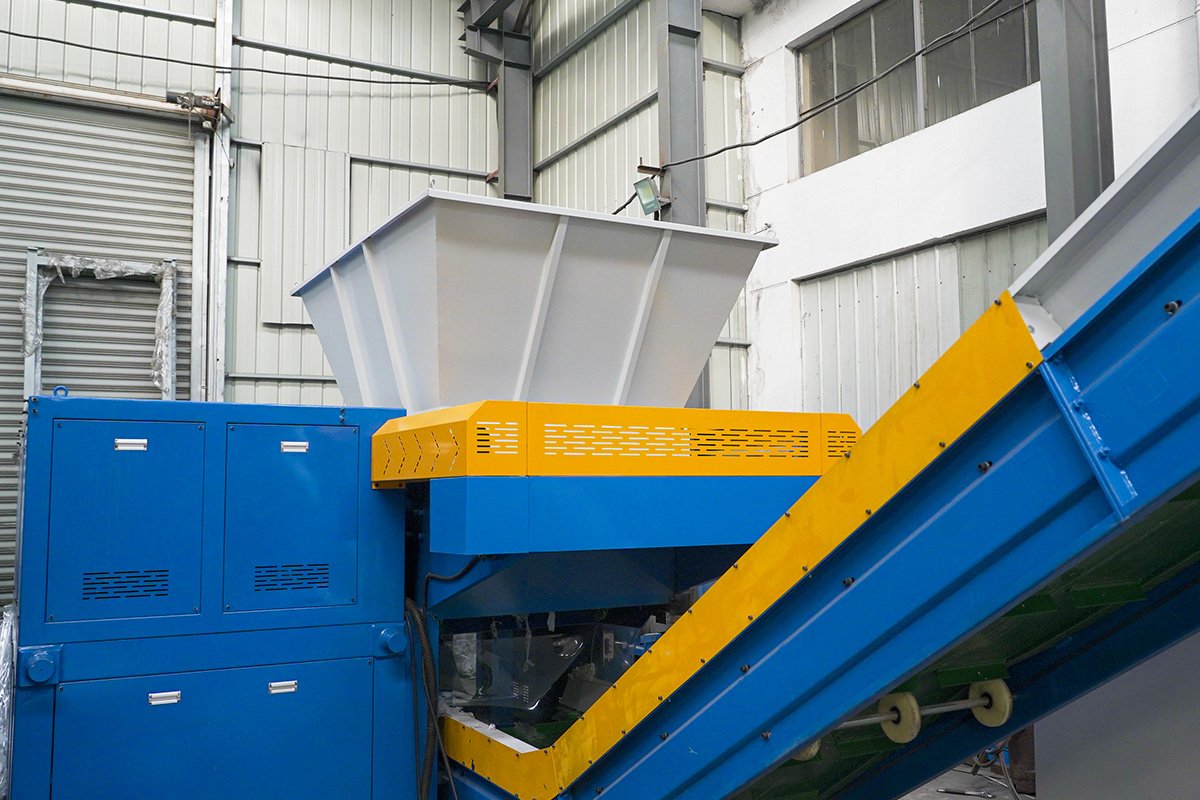Shredding and recycling rigid plastics
Rigid plastics are a type of plastic material that are produced through various thermoforming processes. These plastics are often used in private households and the industrial sector for products such as buckets, watering cans, plastic pallets, trash containers, and pipes.
Unfortunately, many rigid plastics are often mistakenly thrown away in the residual waste garbage can or bulky waste. When this happens, these plastics can no longer be recycled and are often incinerated to generate energy.
To combat this issue, it is important to recycle post-consumer and industrial rigid plastics. One effective way to do this is through shredding with machines like the Rumtoo shredder. By shredding rigid plastics into high-quality recyclate, we can create the foundation for all products made from recycled plastics, thereby promoting sustainable processing practices.
Overall, recycling rigid plastics is crucial for reducing waste and conserving natural resources. By properly recycling these materials, we can extend their lifecycle and create a more sustainable future for generations to come.

Voluminous hard plastic waste

Shredded rigid plastic housings
What are rigid plastics?
Rigid plastics are a type of plastic material that is stiff, strong, and retains its shape even when not in use. They are produced through various thermoforming processes and include products such as buckets, watering cans, flower pots, pasta strainers, garden furniture, laundry baskets, plastic pallets, trash containers, and pipes. Due to their durability and strength, these plastics are often used in private households and the industrial sector.
Rigid plastics differ from flexible plastics, which are soft and pliable, and are often used for products like plastic bags, packaging films, and shrink wraps. While both types of plastics can be recycled, rigid plastics are often more difficult to recycle due to their size and shape. However, with the use of advanced recycling technologies and machinery, recycling of rigid plastics is becoming more efficient and effective, and is an important step towards reducing waste and promoting sustainable processing practices.
What materials are rigid plastics made of?
Rigid plastics are made of various materials including:
- PE (Polyethylene)
- HDPE (High-density Polyethylene)
- PP (Polypropylene)
- PS (Polystyrene)
- PET (Polyethylene terephthalate)
- PA (Polyamide)
- PC (Polycarbonate)
- ABS (Acrylonitrile butadiene styrene copolymer)
- PVC (Polyvinyl chloride)
Rigid plastics can be produced from thermoplastics using various processes. For example, toys and car parts are manufactured by injection molding, bottles and containers are produced by blow molding, and large hollow bodies such as industrial drums or water storage tanks are produced by rotational molding.
Approximately 65% of the rigid plastics fraction consists of polyolefins such as PP, PE, and HDPE.




